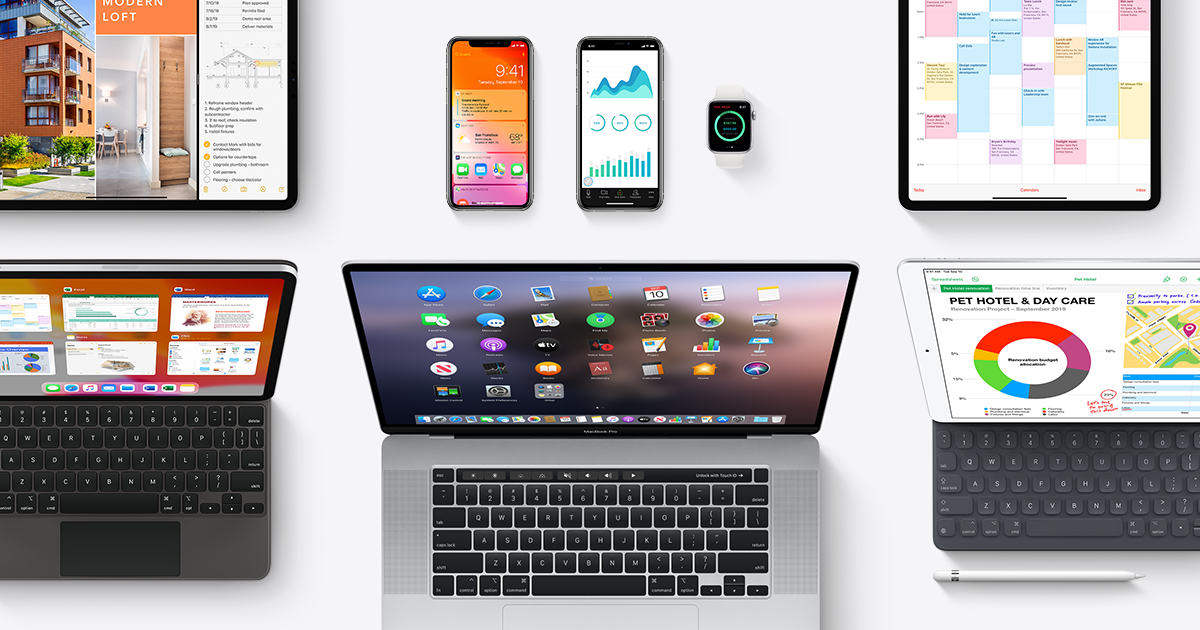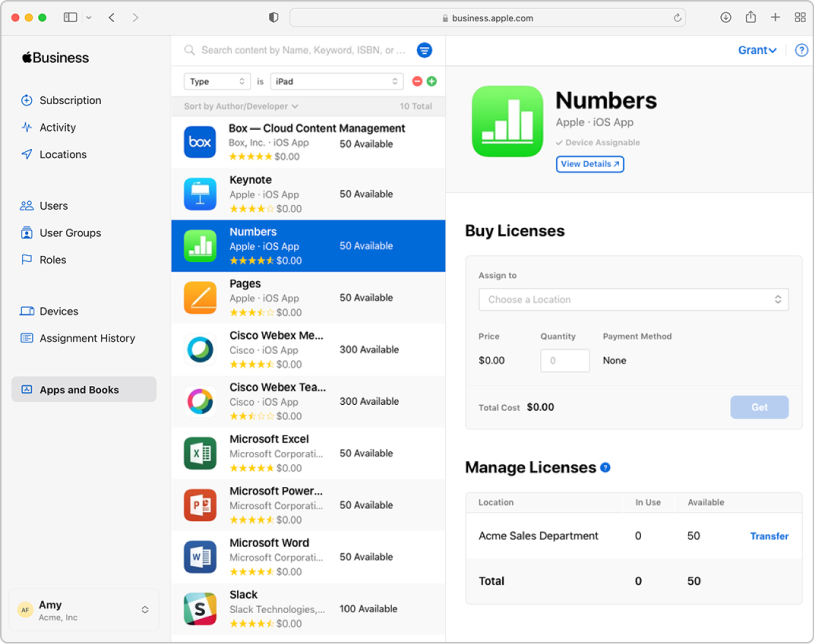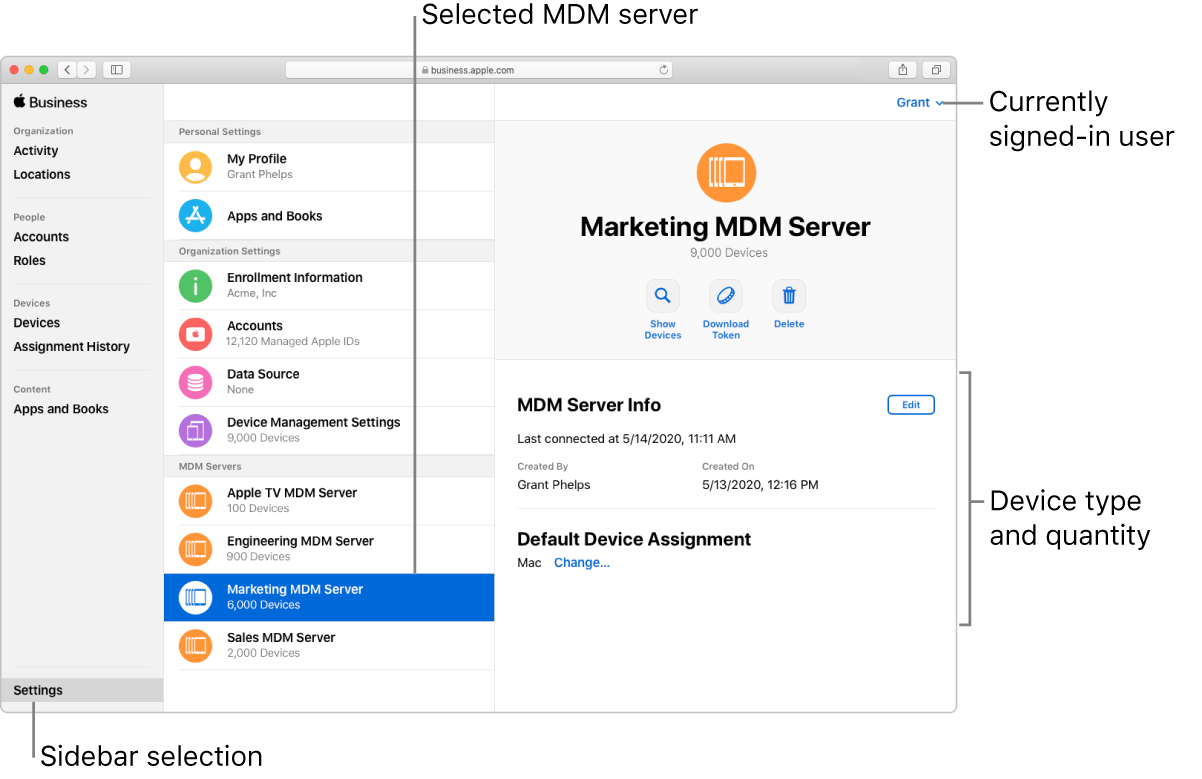Apple Enterprise Management Software: A Comprehensive Guide
Keywords: Apple Enterprise Management, Apple Business Manager, Apple School Manager, MDM, Mobile Device Management, iOS device management, macOS device management, enterprise mobility management, EMM, security, deployment, configuration, app management, Apple Configurator 2, DEP, Device Enrollment Program, VPP, Volume Purchase Program
Managing Apple devices in a business or educational setting can feel overwhelming. With hundreds, or even thousands, of iPhones, iPads, and Macs needing supervision, ensuring security, deploying apps, and managing updates can quickly become a logistical nightmare. Luckily, Apple provides a robust suite of tools designed to simplify this process. This comprehensive guide will walk you through the key aspects of Apple Enterprise Management Software, empowering you to efficiently manage your Apple devices.
Understanding the Apple Ecosystem for Enterprise Management
Keywords: Apple Ecosystem, iOS, iPadOS, macOS, Apple Business Manager, Apple School Manager, Device Management, Unified Endpoint Management
Before diving into the specifics, it’s crucial to understand the core components of Apple’s enterprise management system. At its heart lies a unified approach, connecting several key services to provide a streamlined experience. This ecosystem includes:
-
Apple Business Manager (ABM): This is your central hub for managing all your Apple devices. Through ABM, you can purchase devices, assign them to users, enroll them in device management, and manage apps. Think of it as the control center for your entire Apple fleet. ABM is designed for businesses.

Apple School Manager (ASM): Similar to ABM, ASM is tailored for educational institutions. It offers the same core functionalities but with features specifically designed for the classroom, such as simplified class creation and student management.
-
Mobile Device Management (MDM): This is the technology that allows you to remotely manage your devices. MDM solutions, which integrate with ABM and ASM, let you control settings, deploy apps, and enforce security policies on all your enrolled devices. Several third-party MDM solutions are available, offering varying levels of features and customization. Apple also offers its own MDM capabilities within ABM and ASM.
-
Device Enrollment Program (DEP): DEP simplifies the initial setup process for new devices. With DEP, devices are automatically enrolled in your MDM solution upon activation, eliminating the need for manual configuration. This is a huge time-saver, especially for large deployments.
-
Volume Purchase Program (VPP): VPP allows you to purchase apps and books in bulk at discounted rates. You can then assign these purchased apps to specific users or devices through your MDM solution.


| Feature | Apple Business Manager (ABM) | Apple School Manager (ASM) |
|---|---|---|
| Target Audience | Businesses | Educational Institutions |
| Device Enrollment | Yes | Yes |
| App Management | Yes | Yes |
| User Management | Yes | Yes |
| Security Features | Yes | Yes |
Setting Up Your Apple Enterprise Management System
Keywords: Setup, Configuration, Apple Business Manager, Apple School Manager, MDM Integration, Device Enrollment Program, Volume Purchase Program
Setting up your Apple enterprise management system involves several key steps:
-
Choose the Right Platform: Determine whether ABM or ASM best suits your needs. Businesses should opt for ABM, while educational institutions should choose ASM.
-
Enroll in the Program: Once you’ve chosen your platform, you’ll need to enroll your organization. This involves providing necessary information and verifying your organization’s identity.
-
Choose an MDM Solution: Select an MDM solution that meets your requirements. Consider factors such as cost, features, and ease of use. You can use Apple’s built-in MDM capabilities or explore third-party options.
-
Configure Your MDM: Configure your MDM solution to match your organization’s security policies and deployment strategies. This includes setting up user roles, defining device restrictions, and configuring app deployment.
-
Enroll Devices: Enroll your Apple devices in your MDM solution. If you’re using DEP, this process is automated. Otherwise, you’ll need to manually enroll each device.
-
Deploy Apps and Manage Updates: Utilize VPP to purchase and deploy apps to your users and devices. Configure your MDM solution to automatically manage software updates to ensure your devices are always up-to-date and secure.
Key Features of Apple Enterprise Management Software
Keywords: Features, Security, Device Management, App Management, Update Management, Configuration Profiles, Restrictions, Supervised Devices, Remote Management
Apple’s enterprise management software offers a wide range of features to streamline device management and enhance security:
-
Device Management: Remotely manage device settings, including Wi-Fi configurations, VPN settings, and restrictions. You can even wipe devices remotely if they are lost or stolen.
-
App Management: Deploy and manage apps across your organization. Use VPP to purchase apps in bulk and assign them to specific users or devices. You can also manage app updates and remove apps as needed.
-
Security Management: Implement robust security policies to protect your data. This includes setting passcodes, enabling device encryption, and restricting access to specific features.
-
Update Management: Ensure all your devices are running the latest software versions. Your MDM solution can automatically install updates, keeping your devices secure and up-to-date.
-
Configuration Profiles: Create custom configuration profiles to tailor device settings to specific user roles or departments. This allows for granular control over device configurations.
-
Supervised Devices: Supervising devices grants additional management capabilities, such as the ability to remotely install and remove apps, and enforce more stringent security policies.
-
Remote Management: Perform a wide range of management tasks remotely, including installing apps, configuring settings, and wiping devices. This eliminates the need for physical access to each device.
| Feature Category | Specific Feature | Benefits |
|---|---|---|
| Device Management | Remote lock/wipe | Secure lost or stolen devices |
| App Management | Bulk app deployment | Streamlined app distribution to users/devices |
| Security Management | Passcode enforcement | Enhanced data protection |
| Update Management | Automated software updates | Maintain up-to-date and secure devices |
| User Management | User group creation | Organize and manage users efficiently |
Advanced Features and Considerations
Keywords: Advanced Features, Security Policies, Compliance, Integration, Automation, Reporting, Troubleshooting
As your organization grows, you might find yourself needing more advanced features. These can include:
-
Sophisticated Security Policies: Implement granular security policies based on user roles and device types. This ensures that sensitive data is protected appropriately.
-
Compliance with Regulations: Ensure your enterprise management system complies with relevant industry regulations and standards.
-
Third-Party Integrations: Integrate your MDM solution with other enterprise systems, such as your identity management system or help desk ticketing system.
-
Automation: Automate repetitive tasks, such as device enrollment and app deployment, to save time and improve efficiency.
-
Comprehensive Reporting: Generate reports on device usage, app installations, and security incidents to gain valuable insights into your organization’s mobile landscape.
-
Troubleshooting: Develop strategies for troubleshooting common issues related to device management, app deployments, and security.
Choosing the Right MDM Solution
Keywords: MDM Solutions, Third-Party MDM, Choosing an MDM, MDM Comparison, Features Comparison, Pricing
Selecting the right MDM solution is crucial. Many third-party MDM providers offer features beyond Apple’s built-in capabilities. Consider these factors:
-
Cost: MDM solutions range in price from free to thousands of dollars per year. Consider your budget and the features you need.
-
Features: Compare the features offered by different MDM solutions. Look for features that align with your organization’s needs, such as support for multiple operating systems, advanced security features, and robust reporting capabilities.
-
Ease of Use: Choose an MDM solution that is easy to use and manage. Look for an intuitive interface and comprehensive documentation.
-
Scalability: Ensure the MDM solution can scale to accommodate your organization’s growth. This is especially important for large organizations with many devices.
-
Support: Choose an MDM solution with excellent customer support. This is crucial in case you encounter any problems.
Troubleshooting Common Issues
Keywords: Troubleshooting, MDM Problems, Device Enrollment Issues, App Deployment Issues, Security Issues, Error Messages, Solutions
Troubleshooting is an inevitable part of managing devices. Here are some common issues and potential solutions:
-
Device Enrollment Issues: If devices fail to enroll, check your MDM server settings, ensure the device is connected to the internet, and verify the device’s compatibility.
-
App Deployment Issues: If apps fail to deploy, check app compatibility, ensure the app is properly licensed, and verify that the necessary device settings are configured correctly.
-
Security Issues: If security issues arise, review your security policies, update your device software, and consider implementing additional security measures.
-
Error Messages: Pay close attention to error messages. They often provide valuable clues to help you diagnose and resolve issues.
Conclusion
Managing your Apple devices effectively is crucial for security, productivity, and cost efficiency. By leveraging Apple’s enterprise management software, including Apple Business Manager or Apple School Manager, and integrating a suitable MDM solution, you can streamline device deployment, manage applications, enforce security policies, and gain valuable insights into your organization’s mobile landscape. Remember to carefully choose your MDM solution based on your specific needs and budget, and don’t hesitate to utilize available support resources and troubleshooting techniques to maintain a smooth and efficient operation.
Frequently Asked Questions (FAQ)
-
What is the difference between Apple Business Manager and Apple School Manager? ABM is designed for businesses, while ASM is tailored for educational institutions. They offer similar core functionalities but have features optimized for their respective environments.
-
Do I need an MDM solution? While not strictly required, an MDM solution significantly simplifies device management, especially for larger organizations. It allows for centralized control, automated tasks, and enhanced security.
-
How much does Apple enterprise management software cost? The cost varies depending on the chosen MDM solution. ABM and ASM are free to use, but you may incur costs associated with your chosen MDM provider and VPP app purchases.
-
What if I lose a device? With an MDM solution, you can remotely lock or wipe the device to protect your data.
-
How can I ensure my devices are secure? Implement robust security policies, such as passcode enforcement, device encryption, and regular software updates. Utilize the security features offered by your MDM solution.
-
What if I have problems with my MDM solution? Consult the MDM provider’s documentation or contact their support team for assistance.
This article provides a comprehensive overview of Apple enterprise management software. Remember to always consult the official Apple documentation and your chosen MDM provider’s resources for the most up-to-date information and specific instructions.

